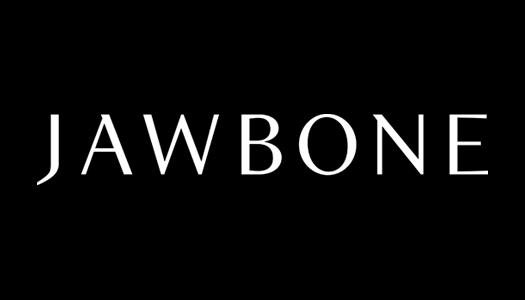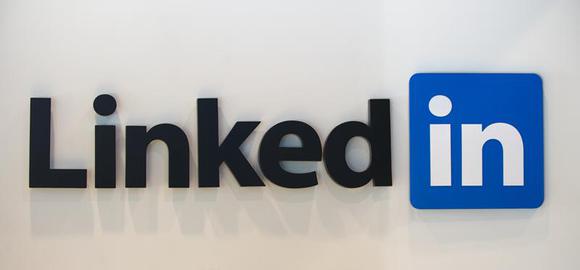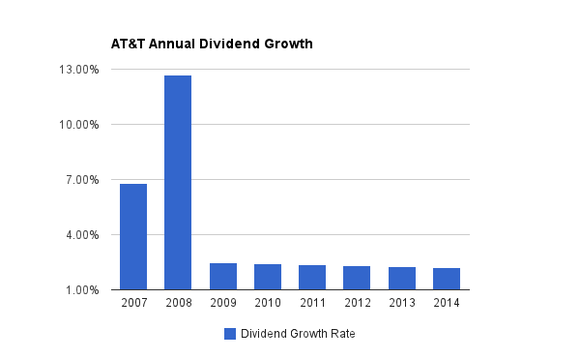Some six weeks into the new year, 2014 has seen its fair share of ups and downs for technology superpower Apple .
Apple disappointed investors with its first earnings report of the year late last month. However, new product rumors and some savvy buying of its own shares have helped buoy investor confidence in the past few weeks.
Bar none, the single most important question facing Apple is how the company intends to continue to grow as the global smartphone and tablet markets mature, especially at the higher end of these markets where Apple operates.
Apple is on the record saying it will introduce at least one new product this year, and many expect the oft-discussed iWatch to be among the most likely candidates in Apple's potential product pipeline. And if that's indeed the case, Apple should be shaking in its boots, at least according to one source.
The company Apple should fear most
Reading over the weekend, I came across an interesting pice from Wired, a publication I generally respect, discussing the one start-up Apple should fear the most.
In the article, Wired staff writer Marcus Wohlsen makes the case that the start-up best suited to disrupt Apple's future efforts is none other than Jawbone, the consumer audio and wearable start-up.
![]()
Source: Jawbone.
Going by the article's logic, Jawbone presents such an imminent threat to Apple for a number of reasons. For starters, Wohlsen notes that each time Jawbone has raised venture capital money, it has preceded a push on its part into a new space, and that its recently closed $250 million round of funding is likely no different. A more advanced smartwatch or wearable sensors placed in actual clothing are the two specific advancements Wohlsen cites as most likely.
Like Apple, Wohlsen goes on to note that Jawbone places design at the core of every product it makes, and that its devices, notably its Up smartband, which has helped establish an early foothold for Jawbone in the wearable tech category. By moving quickly into the smart wearables space, Wohlsen believes Jawbone now faces a key advantage over Apple's still unreleased iWatch.
![]()
Source: Jawbone.
Wolhsen concludes that either Apple will be forced to buy Jawbone outright, or either rival Google could snatch up Jawbone, or Jawbone could simply grow organically into a dominant force in the wearables space. Either way, the end result in this article is certainly negative for Apple.
Why I'm not buying it
To be sure, the article raises a number of worthy points. At the same time, though, I disagree with some of the author's thinking.
To be sure, Jawbone is a major threat. It's no secret that wearables, and connected devices in general, will likely be the next big thing in tech, and Jawbone is obviously well suited to benefit from the category's growth as a whole. Moreover, the author's also right in noting that Jawbone's design expertise should only help it as wearables shift from the wrist to other highly stylized areas like clothing.
But at the same time, the article makes it sound like Jawbone has beaten Apple as the wearables category is still unfolding, and that simply isn't the case.
How Apple enters markets
By now, anyone watching the tech space should hopefully have a firm grasp on Apple's tightly controlled approach to new products.
The company will build massive product teams and toil away for years in secret to develop a device it believes will revolutionize a given space before it will ever see the light of day. It's all part of Apple's tendency to want to control every aspect of the user experience, a key tenet of Steve Jobs' business philosophy.
Few doubt that Apple has some type of wearable in development. According to reports, Apple has been steadily snapping up small companies and hiring personnel with expertise in biometrics and biosensors. This supports the notion that Apple's iWatch could make huge strides with capabilities like non-invasive blood sugar and blood pressure monitoring, light years ahead of the current technologies offered by today's wearables. Likewise, rumors of possible solar or NFC charging paint the iWatch as being markedly superior to today's crop of smart wearables.
So, given Apple's demonstrated preference to only release a product that infuses a host of new capabilities into a category, the argument that Jawbone presents so serious a threat to Apple seems premature.
Apple's biggest competitor remains the same
While Jawbone is certainly worth worrying about, the company most likely to compete with Apple in wearables is its current chief rival, Google .
With its recent $3.2 billion acquisition of smart thermostat start-up Nest Labs, Google has signaled it plans to make a major push into the Internet of Things, just like Apple.
That fact alone should be enough to concern Apple investors. But there are other reasons to worry about Google's push toward further connected devices. In smartphones and tablets, Google has shown a strong dedication toward keeping its software as open as possible, a preference that would likely extend to connected devices. Equally worrisome, the $58 billion of cash and equivalents Google had on its balance sheet at the end of last quarter give it the dry powder to buy its way into virtually any market it deems interesting.
Apple is one of the most profitable companies on the face of the earth, and should remain so, so who's to say it's investors need to be losing sleep?
But if there is a company that should have Apple investors counting sheep, maybe it's an established powerhouse like Google they should be focusing on instead of an unproven upstart like Jawbone.
Wearable tech is an exciting field, find out how Apple will profit
If you thought the iPod, the iPhone, and the iPad were amazing, just wait until you see this. One hundred of Apple's top engineers are busy building one in a secret lab. And an ABI Research report predicts 485 million of them could be sold over the next decade. But you can invest in it right now... for just a fraction of the price of Apple stock. Click here to get the full story in this eye-opening new report.
Copyright © 1995 - 2014 The Motley Fool, LLC. All rights reserved. The Motley Fool has a disclosure policy.

















